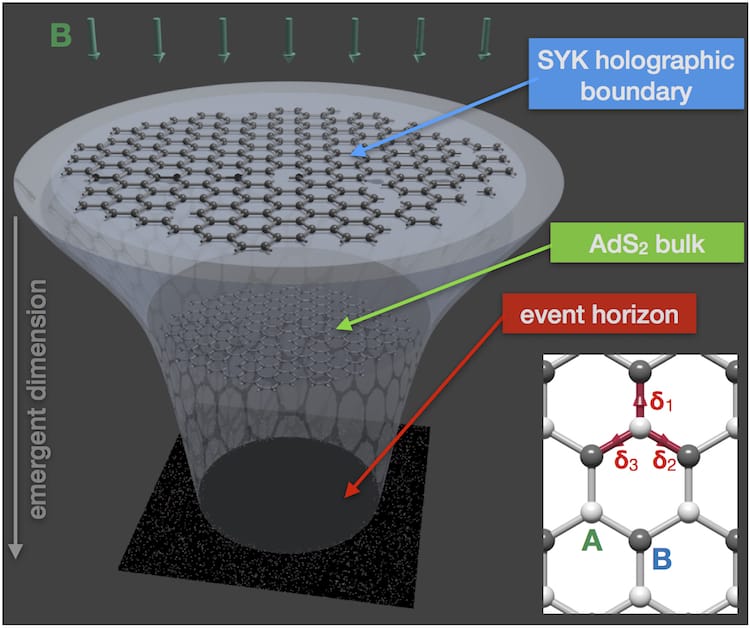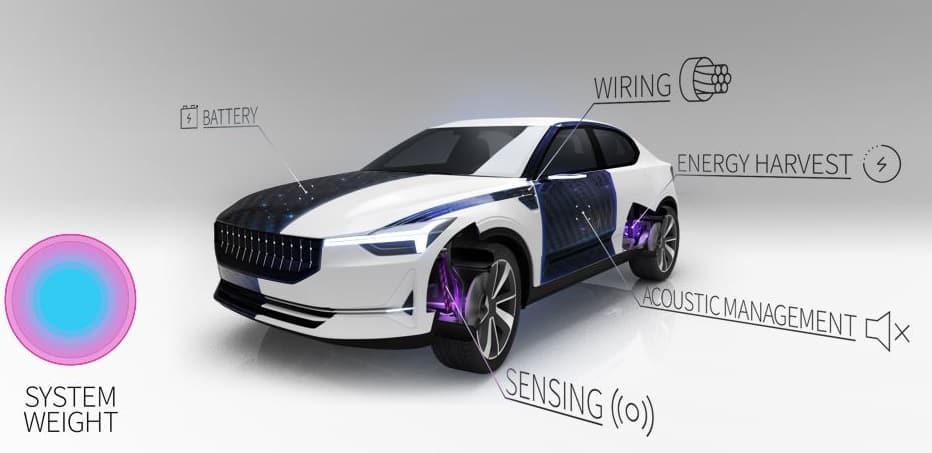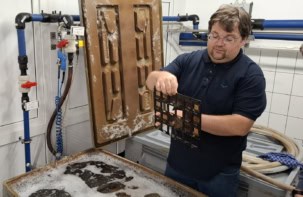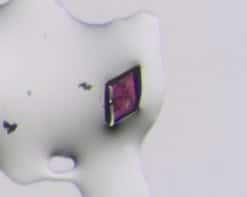Readers waiting with bated breath each year to read the Physics World 10 breakthroughs are in for a treat. With the new and improved website accruing additional section editors on its relaunch we have decided that in the lead up to the announcement of the Physics World top 10 breakthroughs, each section editor will shortlist their top 5 breakthroughs in their field. The selections will be based on three criteria:
- Significant advance in knowledge or understanding
- Importance of work for scientific progress and/or development of real-world applications
- Of general interest to Physics World readers
After all the shortlists have been published, the editors will retreat together to deliberate, discuss, and contest which of the breakthroughs will make it into the Top 10 – and which one will be the overall winner. The final announcement of the Physics World 2018 Breakthrough of the Year will be made on Thursday 13 December.
Today I am announcing in no particular order the top five contenders from the materials section.
Engineers reinvent the inductor after two centuries
After 200 years of dominating electronics, magnetic-based inductors have a rival that may allow smaller and denser device architectures. Researchers in the US, Japan and China led by Kaustav Banerjee have made the first high-performance inductors from intercalated graphene that work in the 10-50 GHz range, thanks to the mechanism of kinetic inductance.

While magnetic inductance relies on device geometry, kinetic inductance is purely a material property that makes higher inductance densities possible. As well as applications in sensors and energy transfer, inductors are key to the RFICs and RFIDs used in the Internet of Things – which promises to connect us with 50 billion objects by 2020, with a potential impact of $2.7 to 6.2 trillion per year by 2025.
‘Magic-angle graphene’ behaves like a high-temperature superconductor

This first observation that the electronic properties of graphene can be altered by rotating adjacent layers of the material triggered several follow-up revelations within months, in a new development that has been tagged “twistronics” . It started when a team of researchers led by Pablo Jarillo-Herrero of the Massachusetts Institute of Technology (MIT) in the US demonstrated Mott insulator behaviour and high-temperature superconductivity in pristine bilayer graphene when the layers were twisted by a so-called “magic angle”. Later reports include a device that can control the electronic properties of 2D materials by fine-tuning the angle between adjacent layers, rather than applying a field. Doing the twist has also helped to reduce Umklapp scattering, which degrades high-temperature carrier mobility.
Black hole hologram appears in a graphene flake
Much research on black holes is theoretical since it is difficult to make actual measurements on real black holes. Such experiments also need to be undertaken over decades or longer. Physicists are therefore keen to create laboratory systems that are analogous to these cosmic entities. New theoretical calculations by a team in Canada, the US, UK and Israel, led by Marcel Franz of the University of British Columbia, have now revealed that a material as simple as a graphene flake with an irregular boundary subjected to an intense external magnetic field can be used to create a quantum hologram that faithfully reproduces some of the signature characteristics of a black hole.

The electrons in the carbon material behave according to the Sachdev-Ye-Kitaev model, an illustration of a type of ‘holographic duality’ in which a lower-dimensional system can be represented by a higher dimensional one. Franz and colleagues show through their calculations that the graphene electrons in (0+1) dimensions can model the dilation gravity of a black hole in (1+1) dimensional anti-de Sitter (AdS2) space.
Multifunctional carbon fibres enable massless energy storage
Despite progress in energy storage technology, batteries still make up a significant part of the weight for devices such as laptops and even cars. Rather than focusing solely on optimized battery materials to tackle lightweight demands, Leif Asp at Chalmers University of Technology, along with a team of researchers in Sweden, Italy and France, reported in Multifunctional Materials that exploiting the electrochemical properties of carbon fibres could drop device masses by as much as 50%.

The researchers knew that optimum mechanical strength favours highly ordered carbon fibres, while electrochemical activity requires amorphosity, but the tolerance of the properties had not been tested. In the first studies comparing the mechanical and electrochemical properties of different grades of carbon fibre, Asp and his team reveal that the trade-off in mechanical strength for less-ordered structures is not as significant as expected, which means that the same fibres that provide structural functions could double up as effectively massless batteries.
Light-induced corneal cross-linking corrects vision
Myopia, or short-sightedness, is almost twice as common in the US and Europe today than it was 50 years ago. It has also become an important problem in some Eastern Asian countries where it affects as much as 70–90% of the population. Although glasses and contact lenses are the first choice for many people, permanent vision correction by refractive surgery is becoming more popular, even though the procedure is not without risk. A team of researchers at Columbia University in New York led by Sinisa Vukelic has now developed a new, safe and non-invasive technique that makes use of a femtosecond laser to produce a low-density plasma in the cornea.

2018 Breakthrough of the Year: Hamish Johnston’s shortlist
The plasma generates reactive oxygen species that then react with collagenous tissue in the treated area to form cross-links. As the molecular bonding changes, the altered material properties affect the shape of the cornea to correct the refractive power of the eye.
- Check back tomorrow for Tami Freeman‘s top 5 breakthroughs in medical physics, biophysics and bioengineering.



